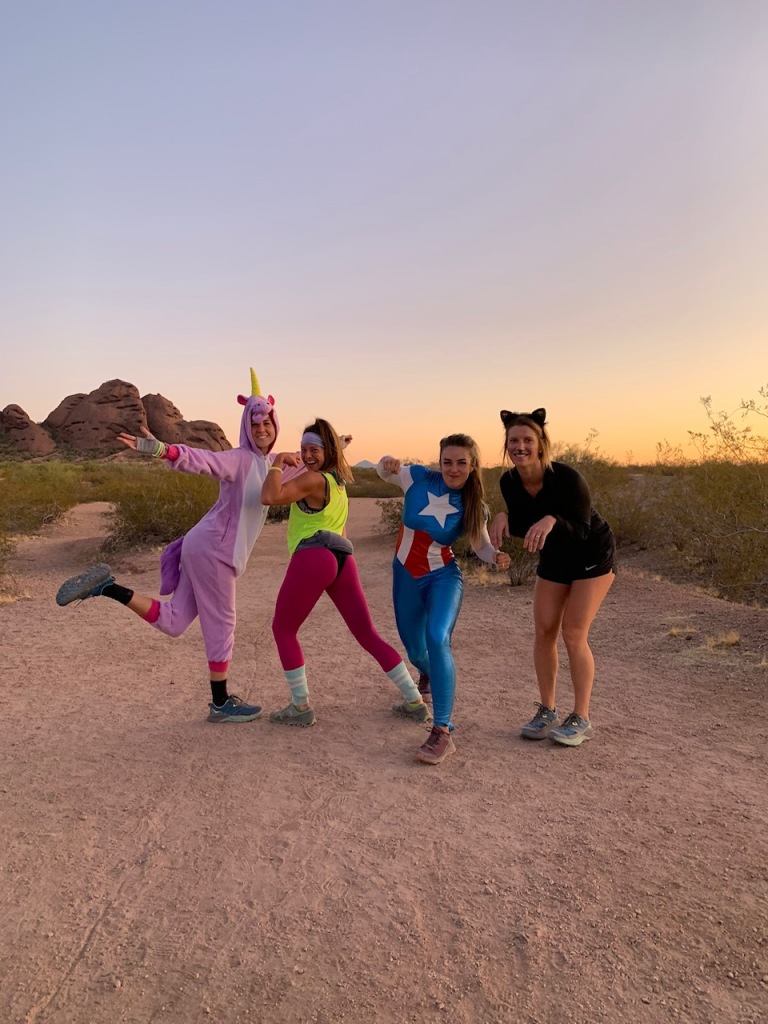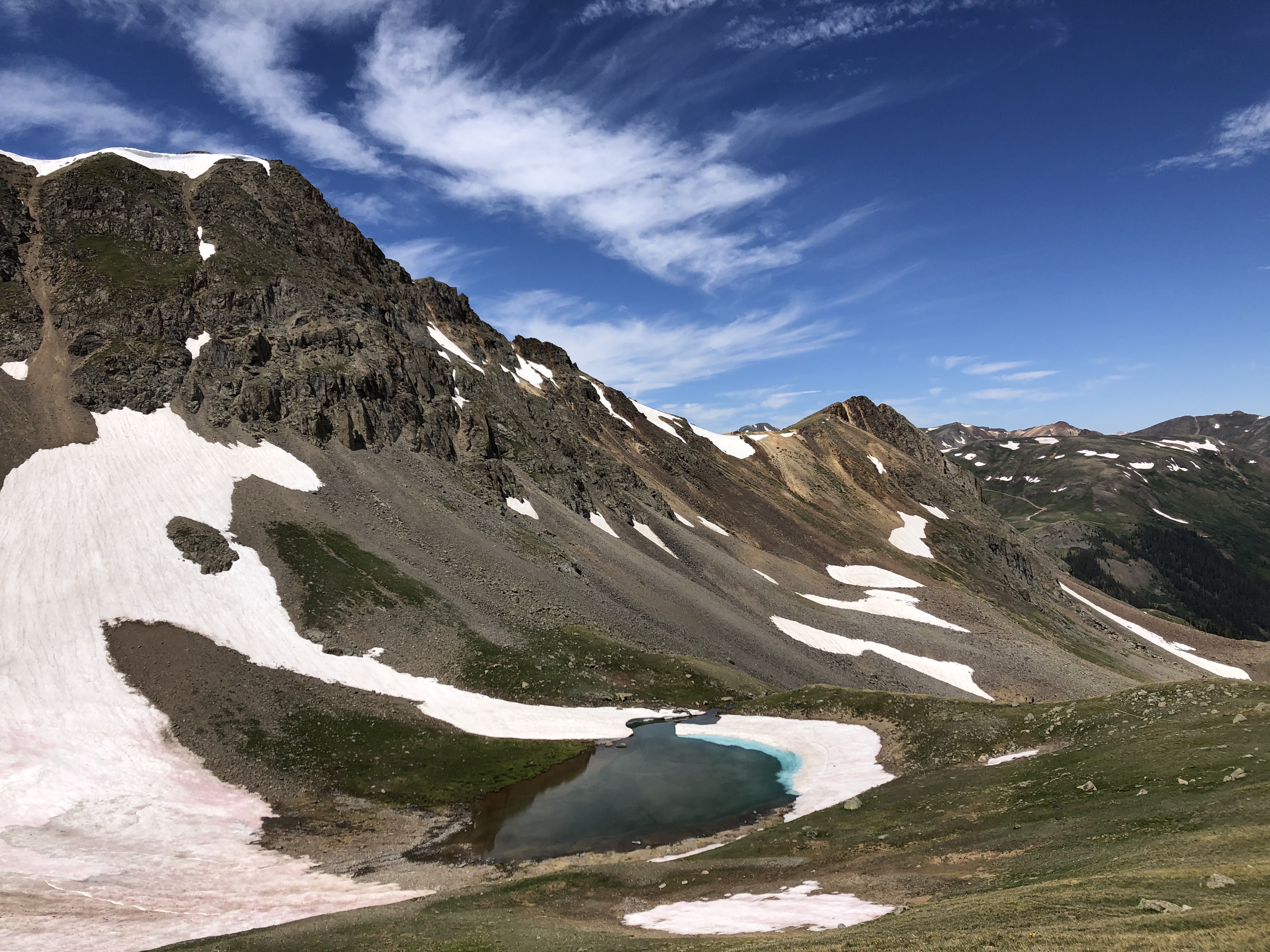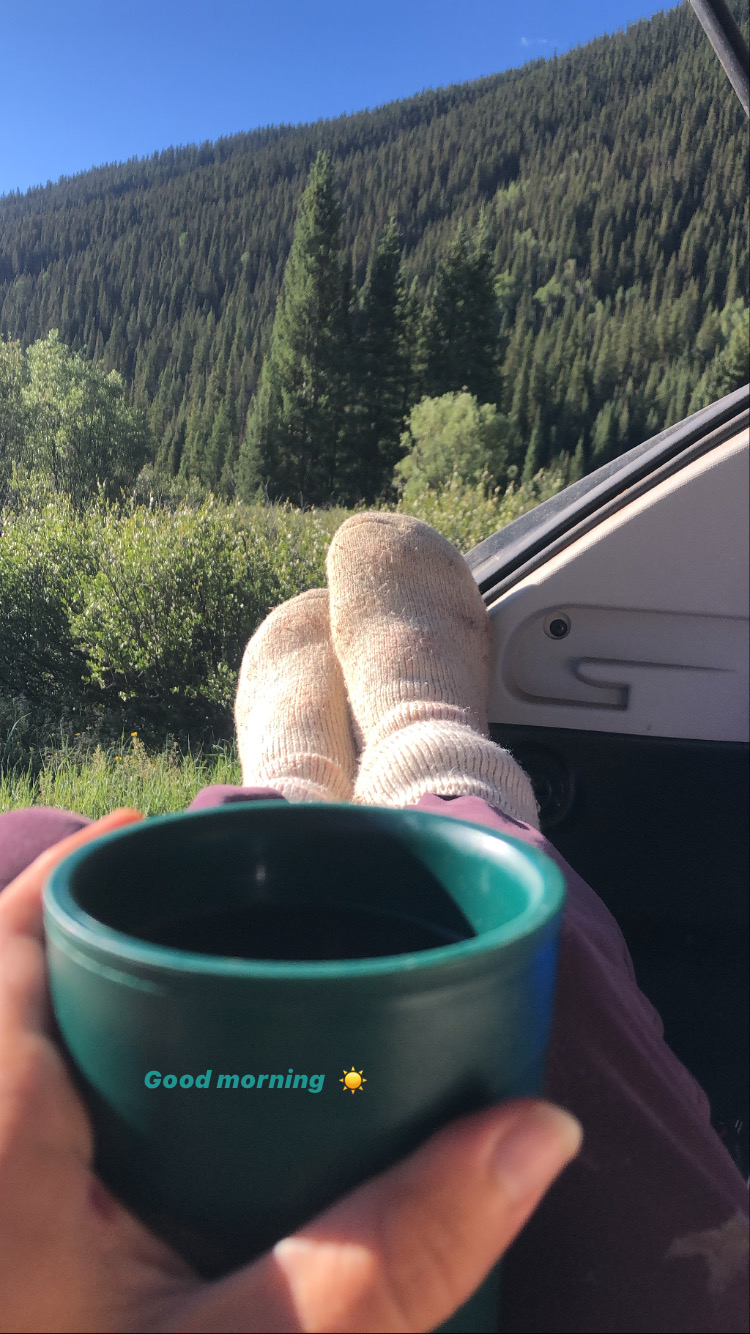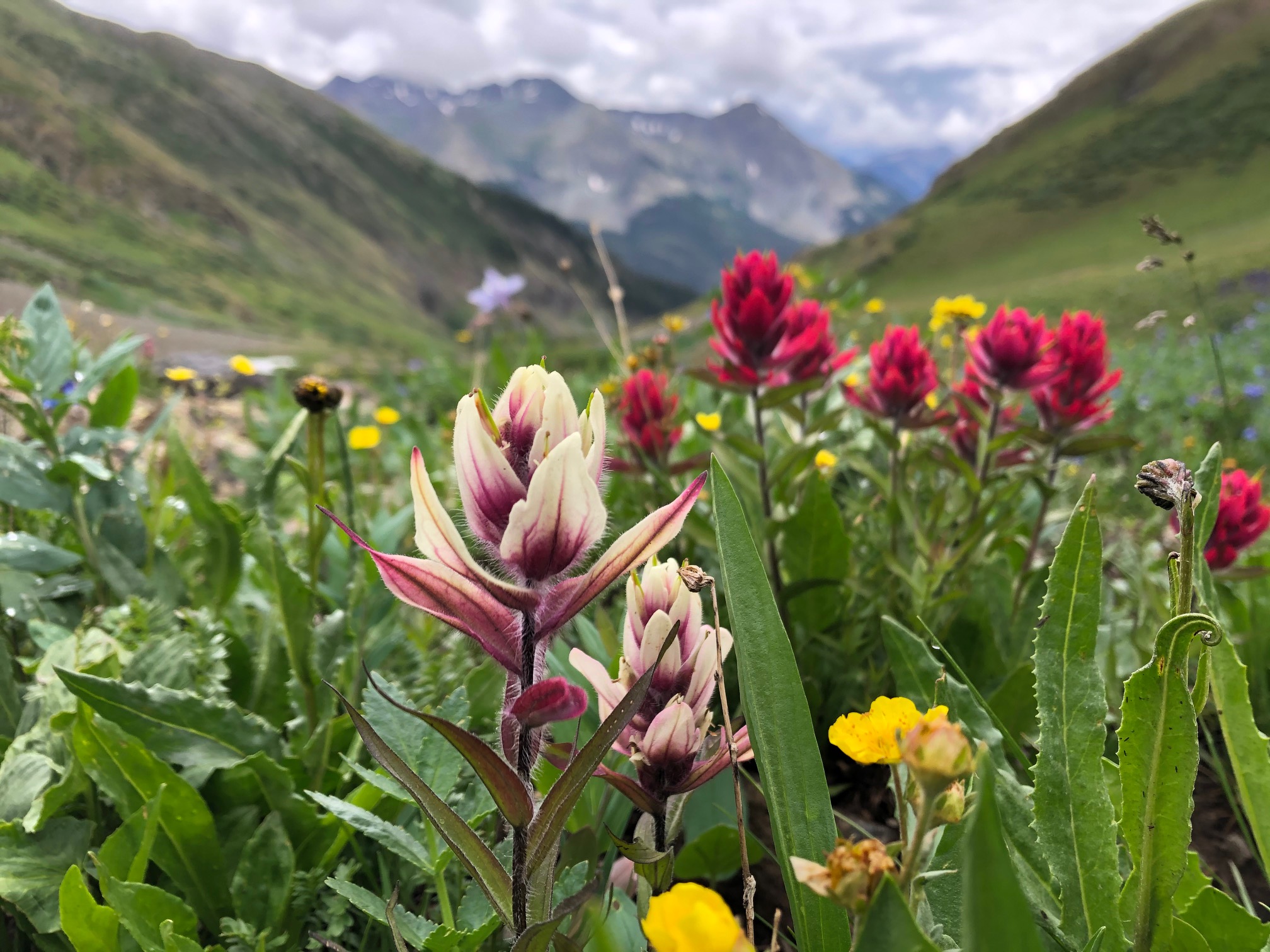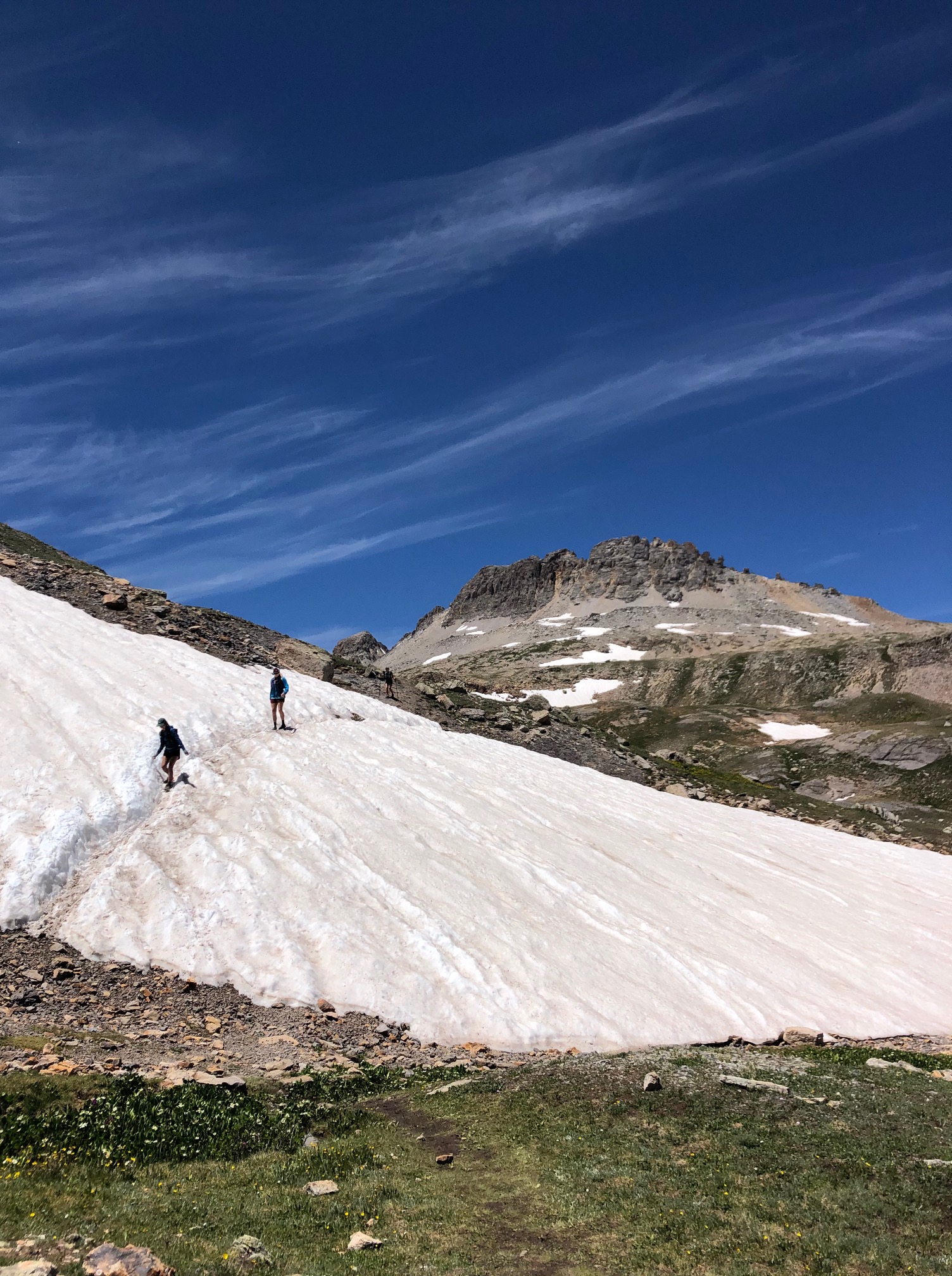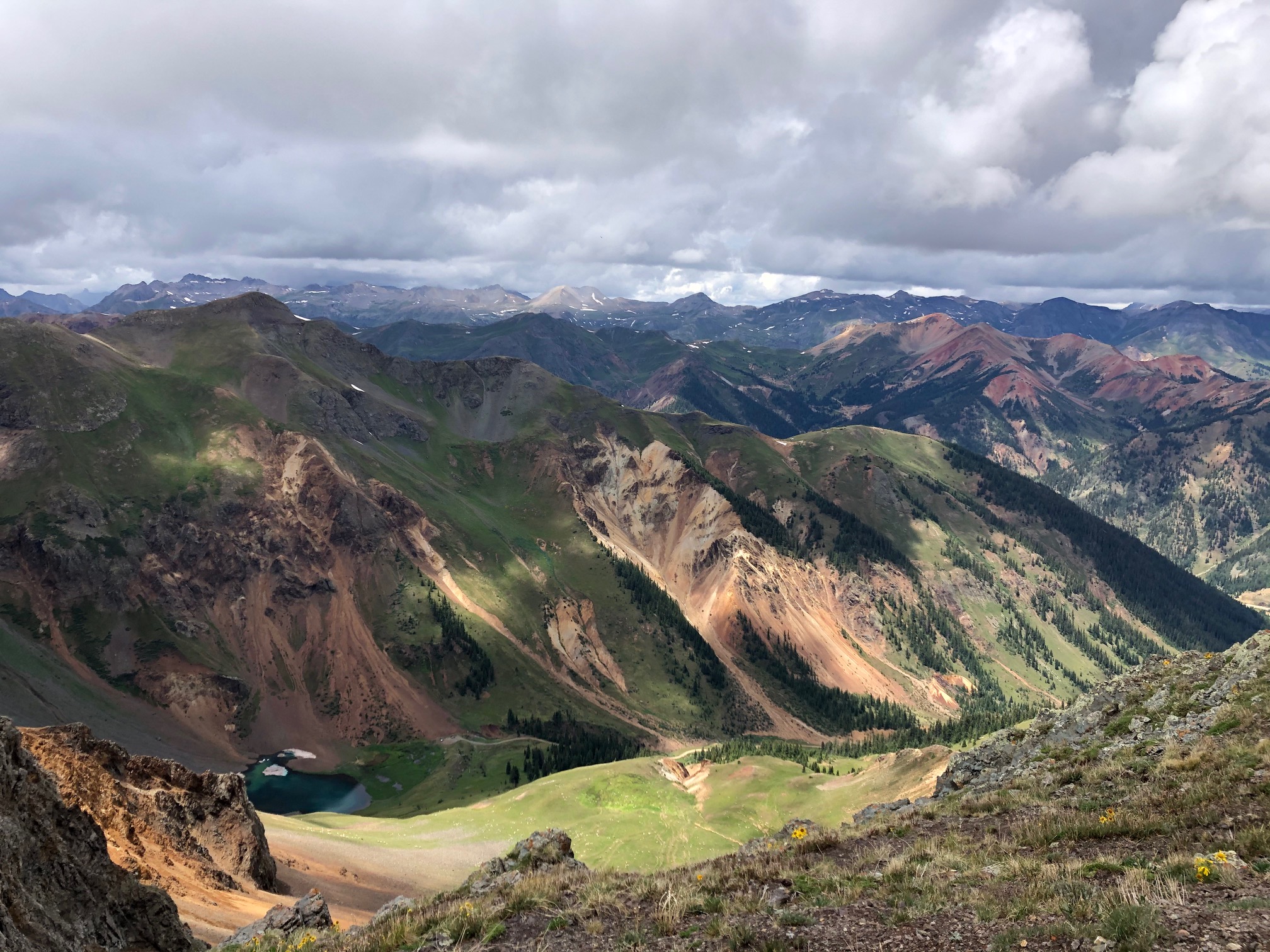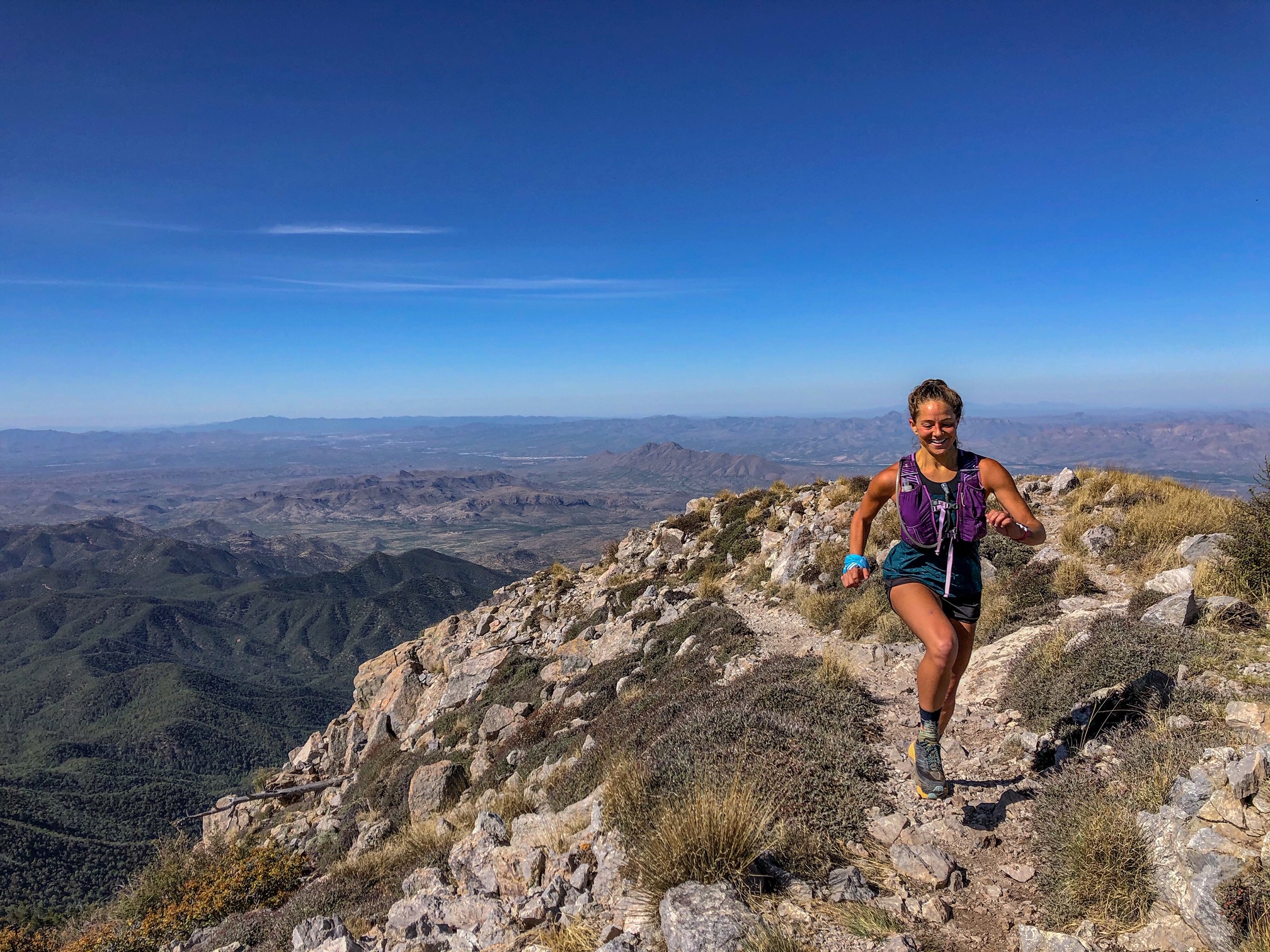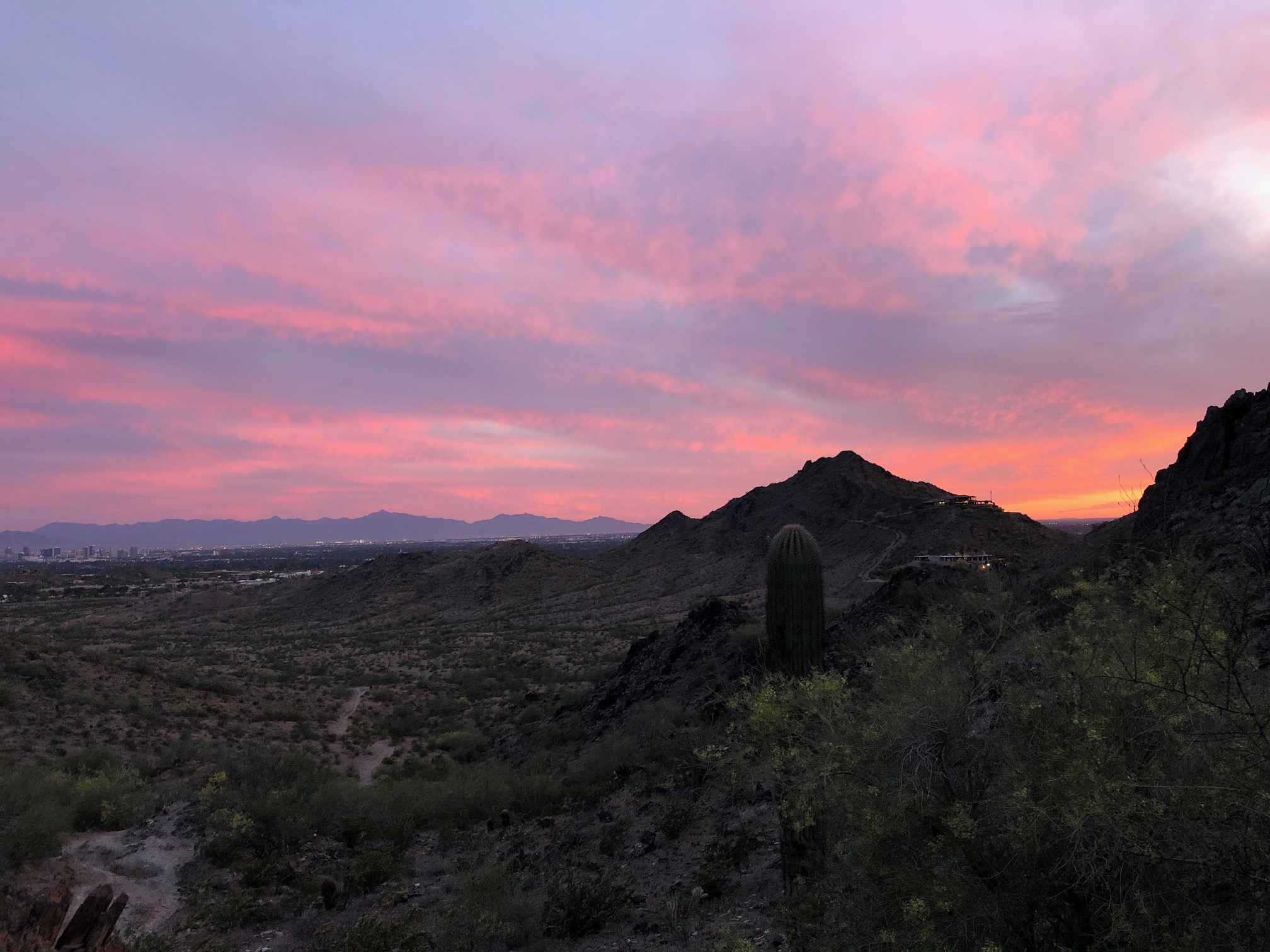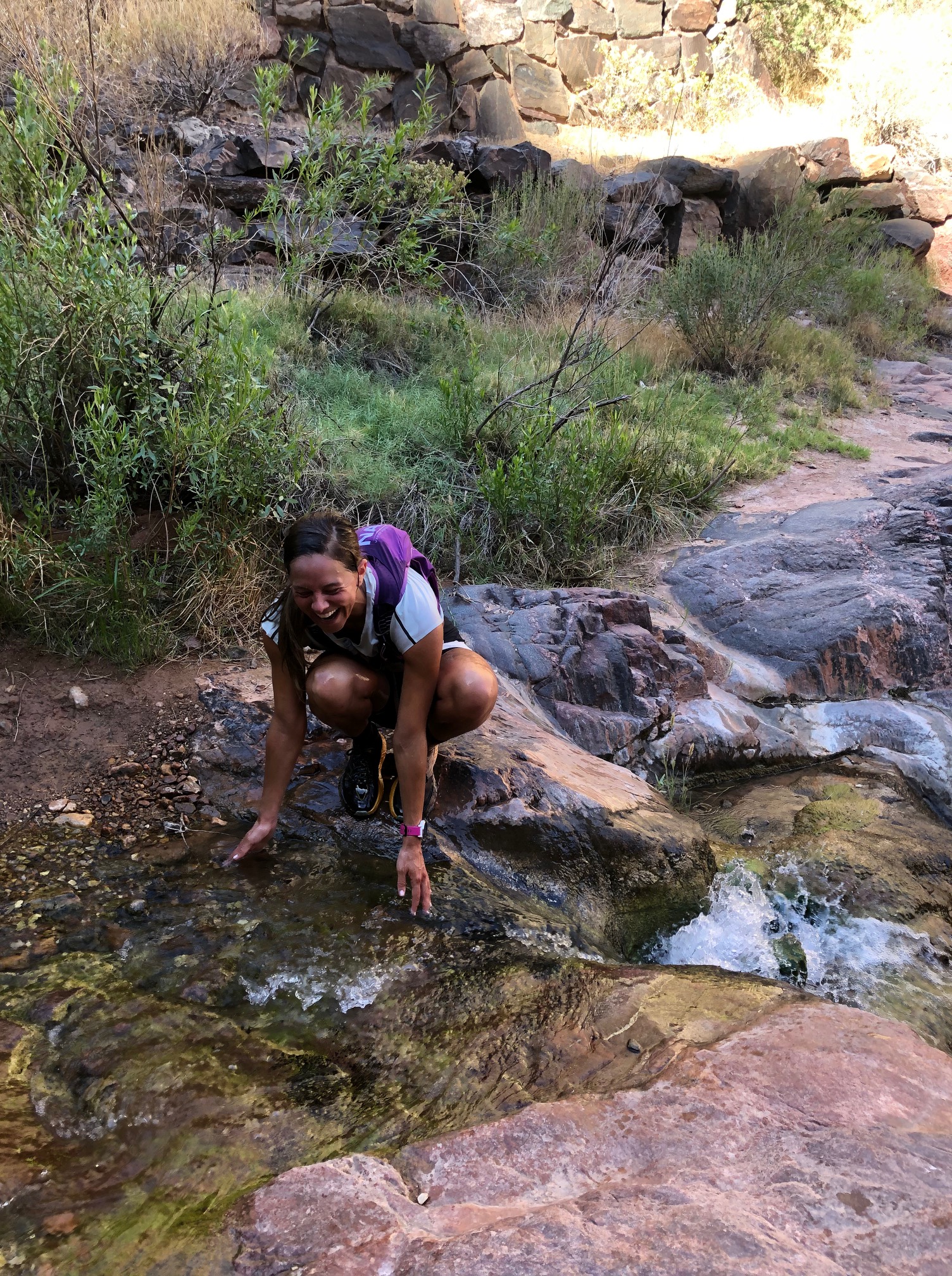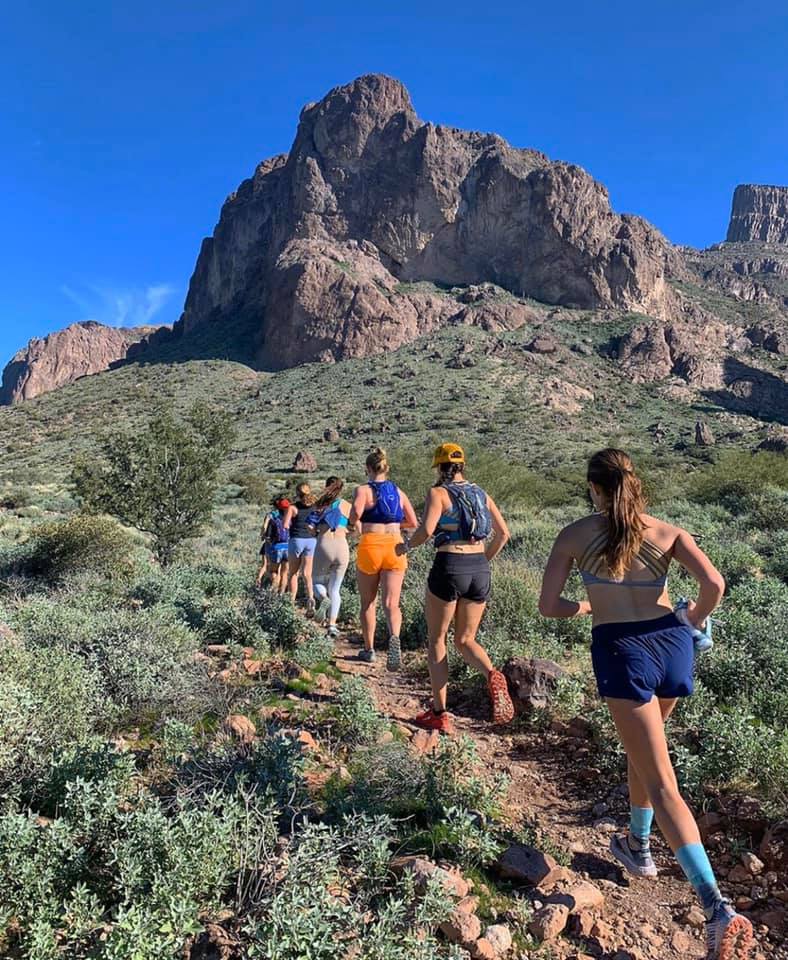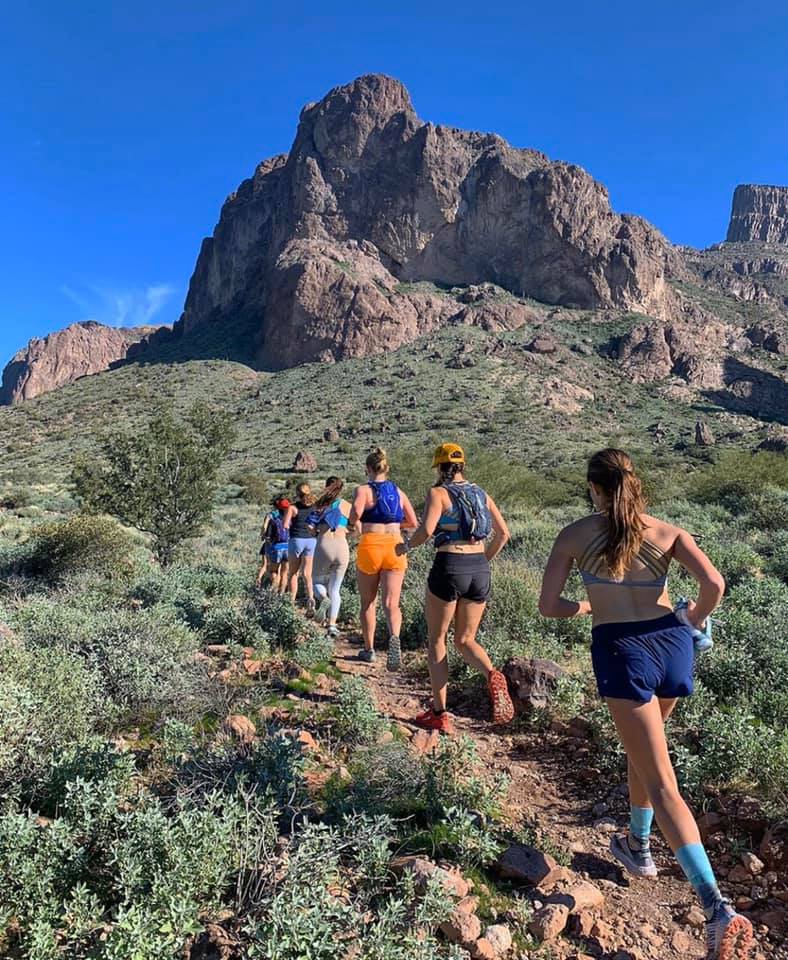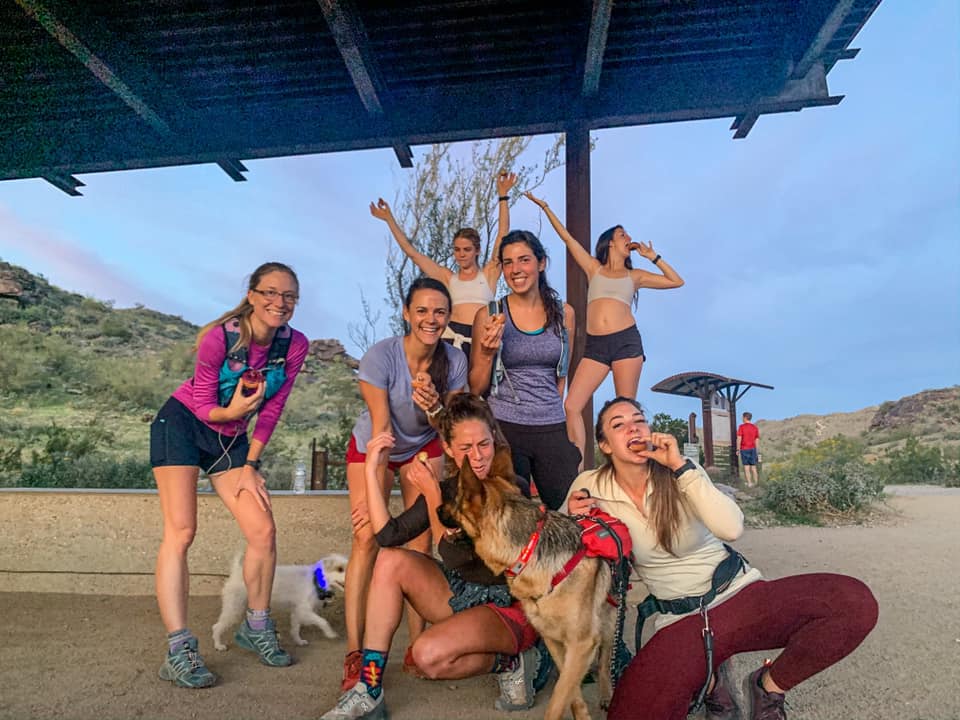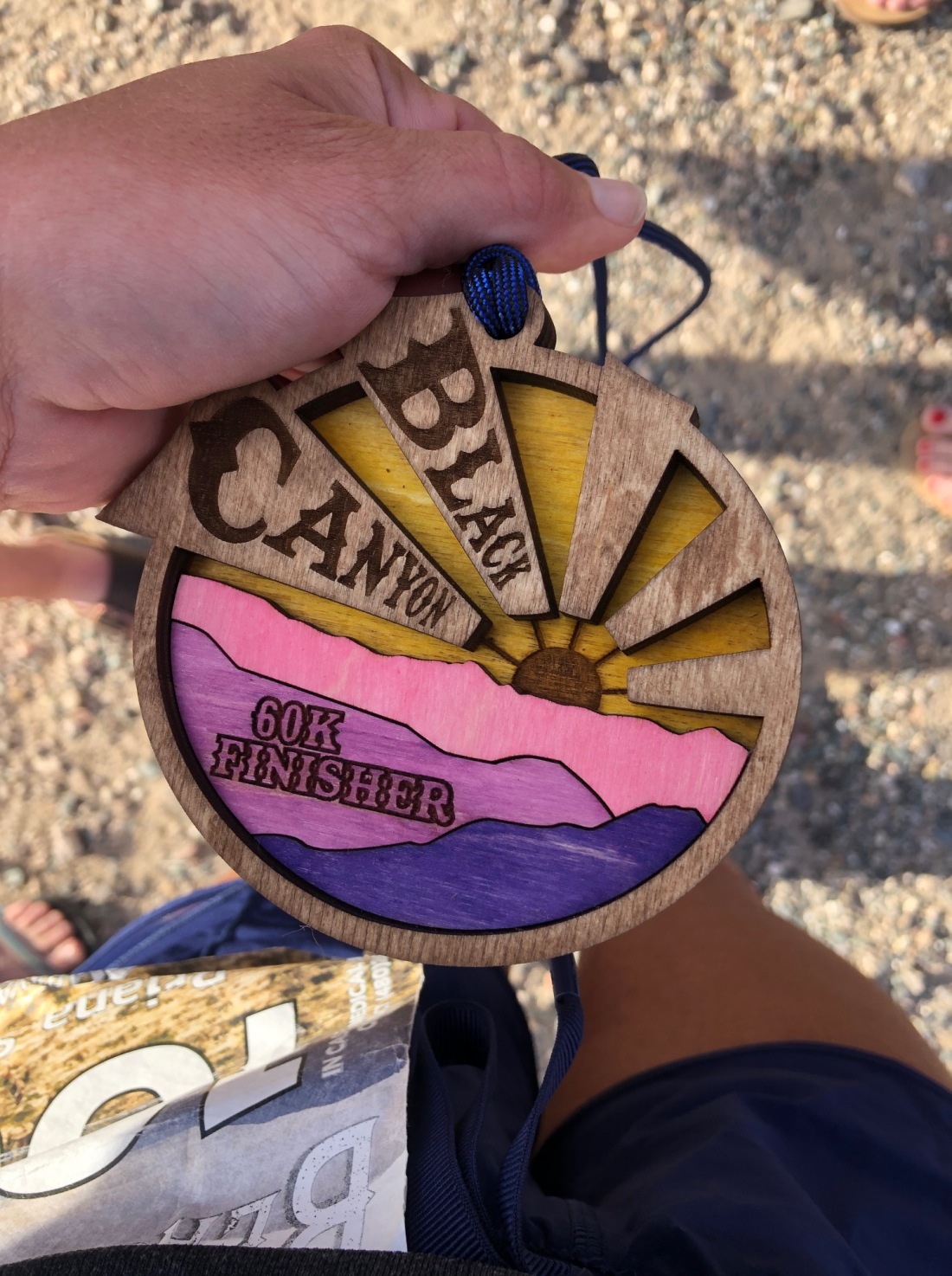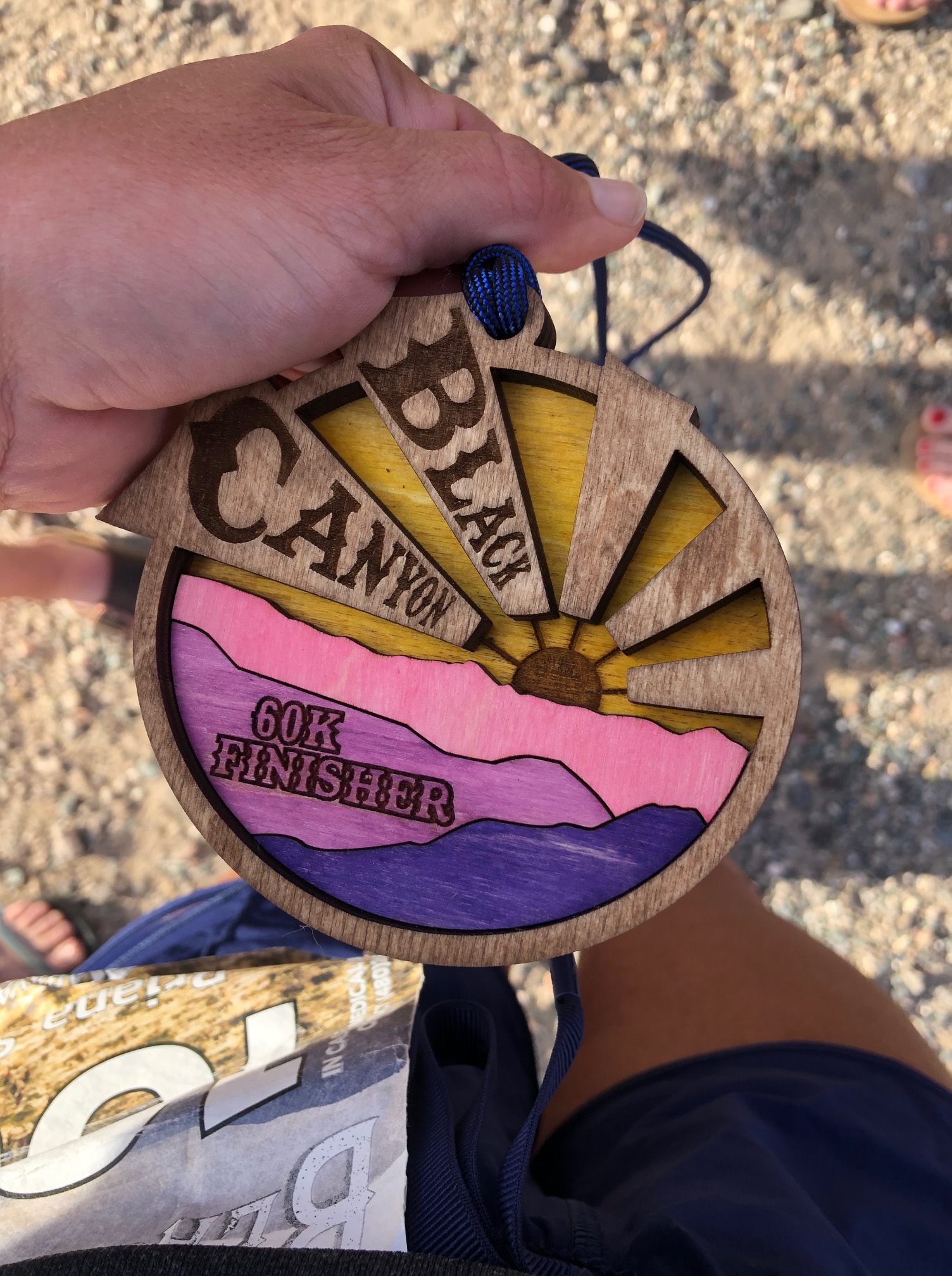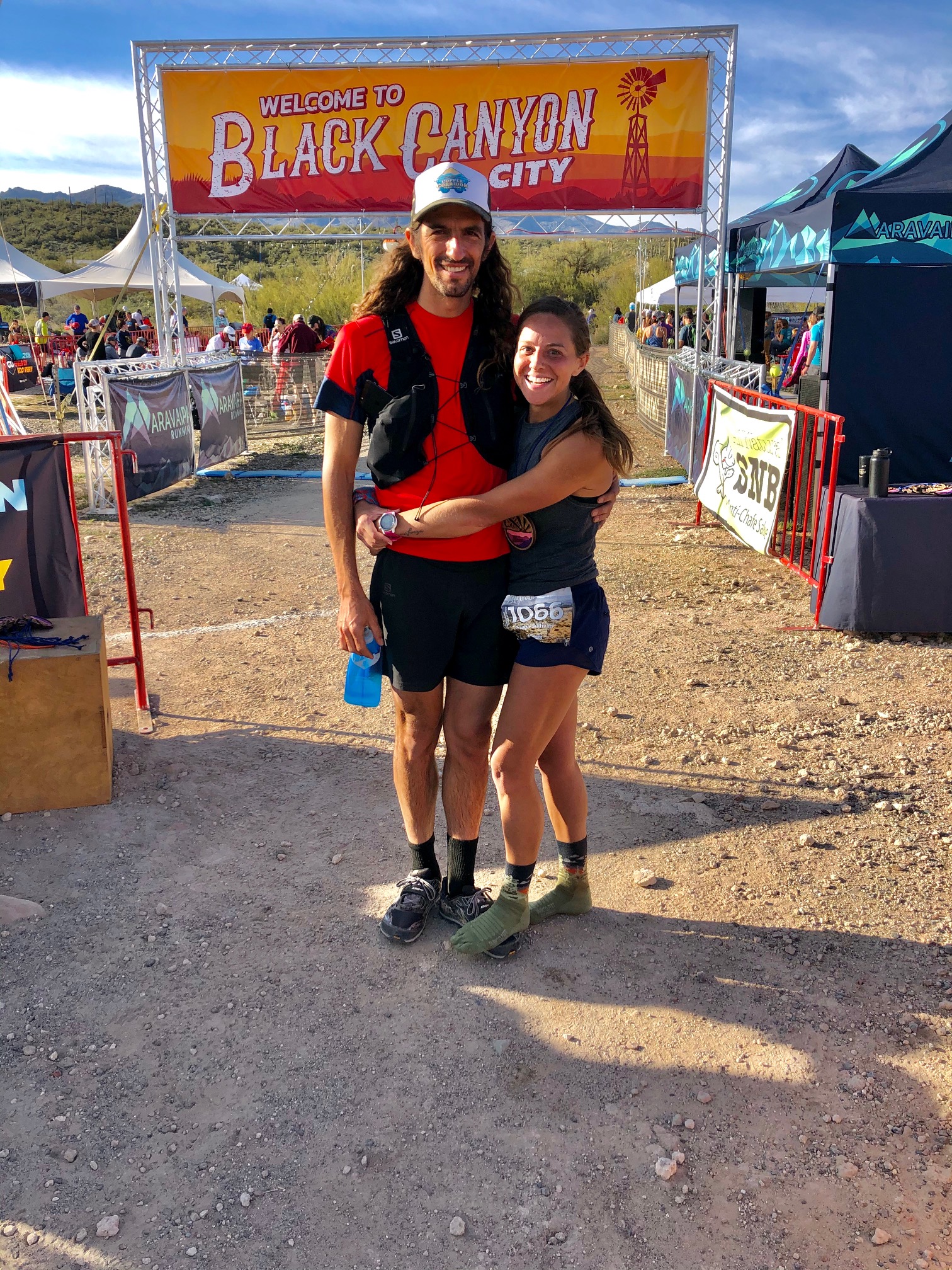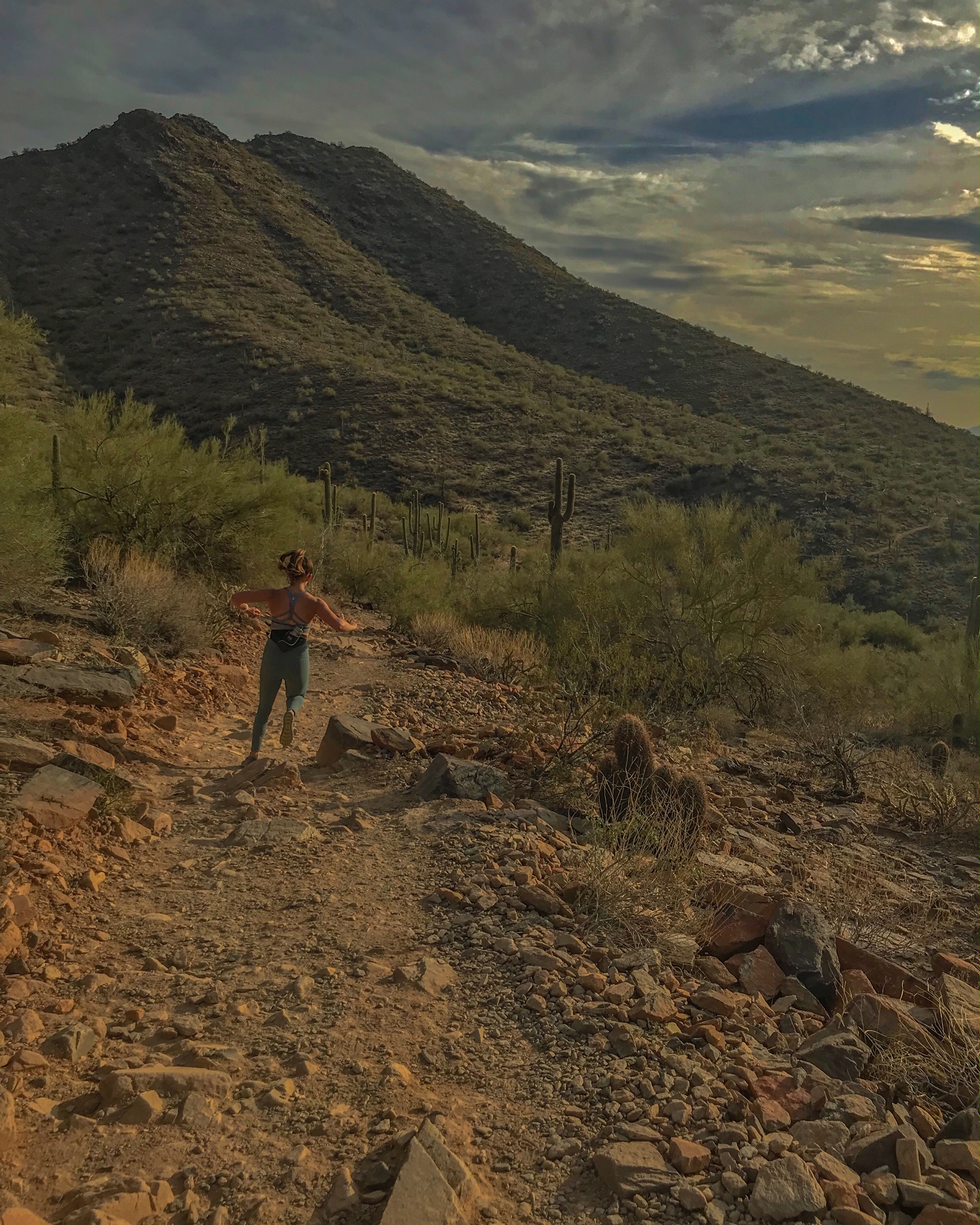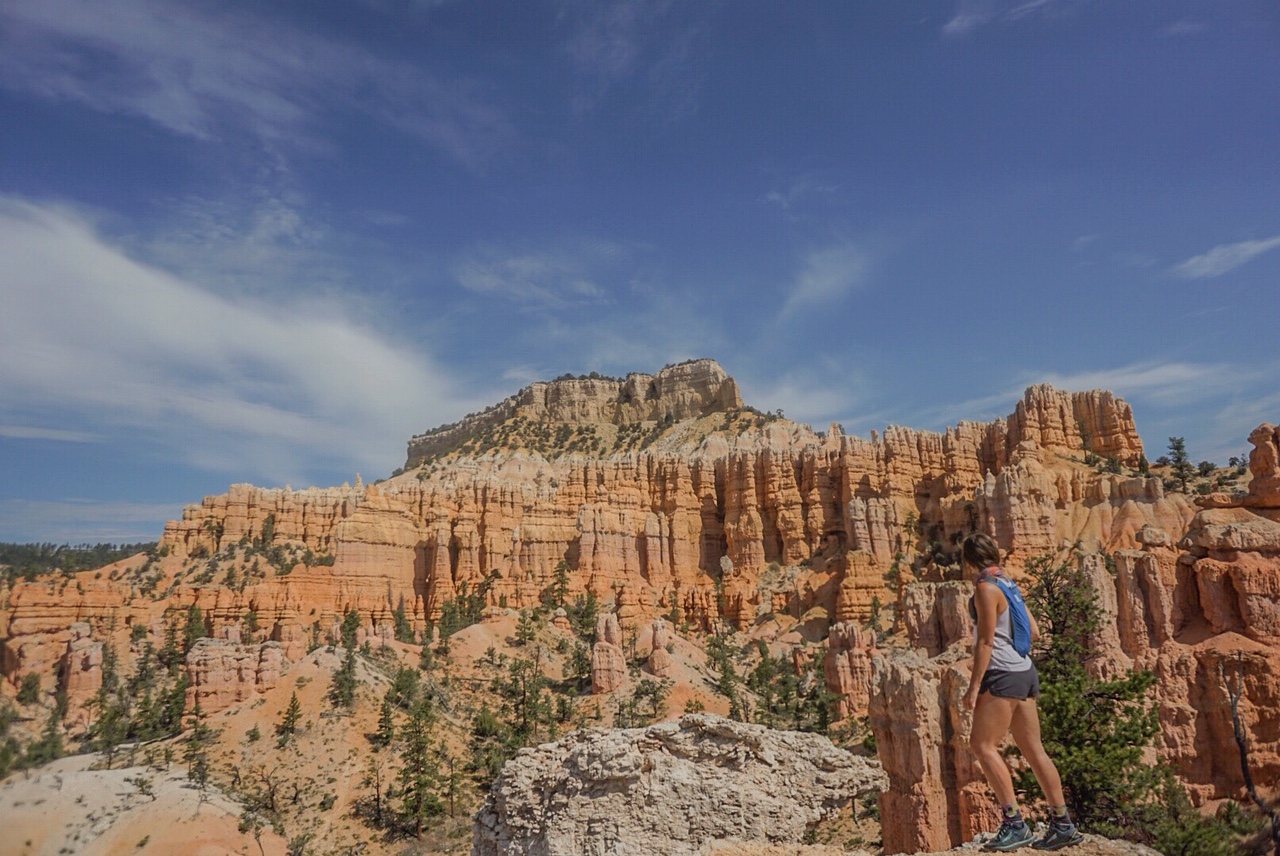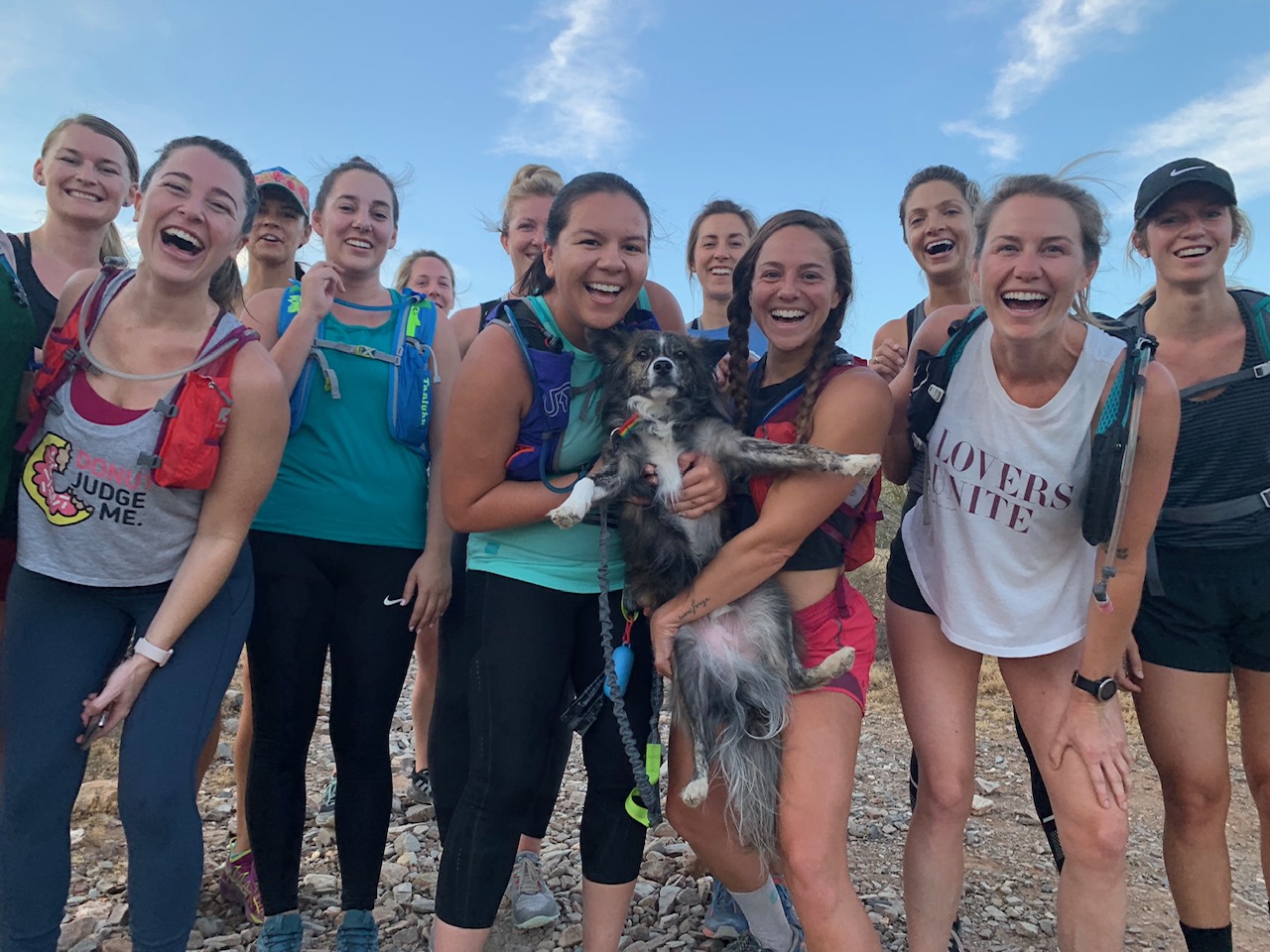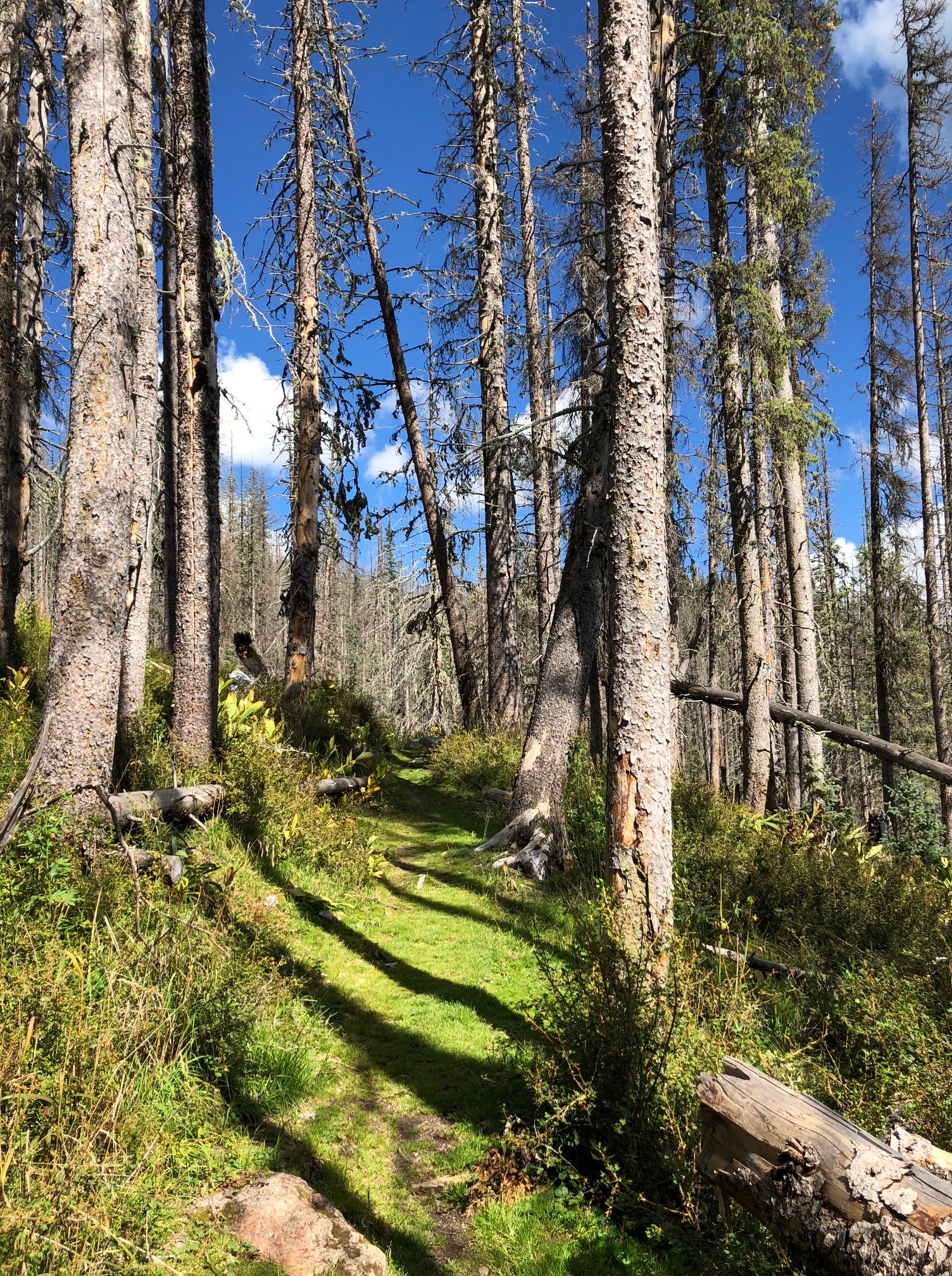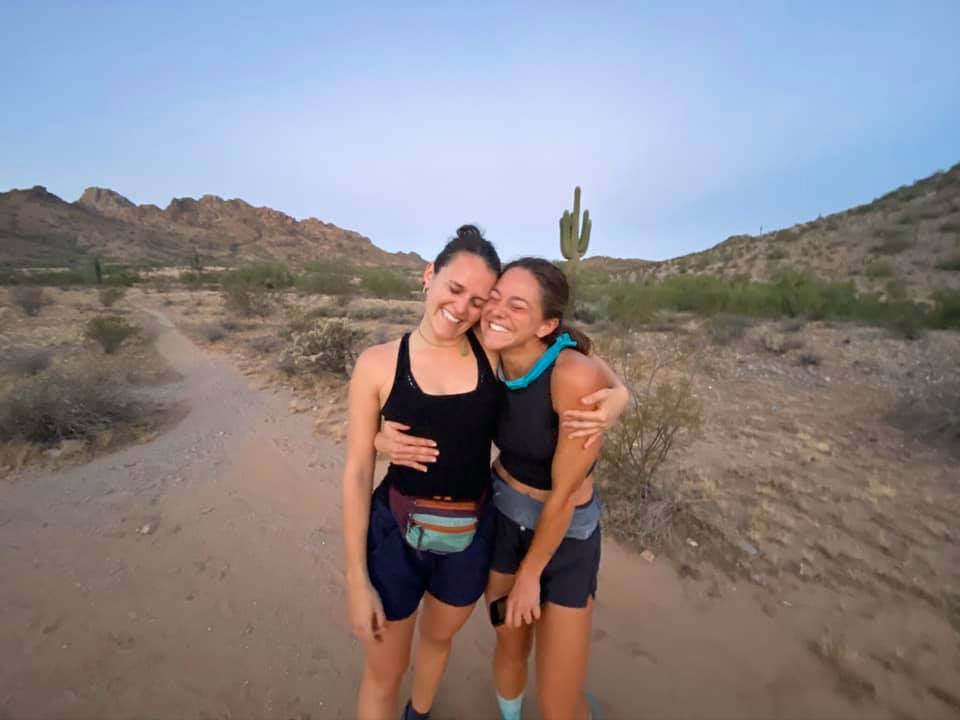Before 2018 I didn’t even know trail running existed. What I did know was running on treadmills, tracks and roads — all of which I loathed and didn’t enjoy at all. I can recall running one color run in college and running up to 6 miles on the treadmill and that was the totality of my running expertise. When I started dating someone who trail ran I was mind blown that people willingly and happily ran up and down mountains for hours and hours at a time. Sometimes in questionable weather, sometimes without sleeping, sometimes with their bodies being pushed to the limit. My mind further imploded when I realized people ran trails for longer than 26.2 miles. Longer than 30 miles. Longer than 100 miles. When I heard about the Barkley Marathon for the first time, I became enamored with the gritty, eccentric feel of it all and the kinds of people that were drawn to do this. Was I the kind of person that would be drawn to do these seemingly crazy things?
Turns out, I am potentially that kind of person. Are you?
2018 was a year my eyes were opened to an entirely new world where I ran further than a 5k, then a 10k on trails and then began to build up to my first trail race: Sky Peaks 25k. This race is at higher altitude and has 4500ft of elevation gain in 16 miles. The week leading up to the race was the first time I had ever run 12 miles straight through and I remember the emotions and pride I felt that my body was able to move for that long without stopping. I felt strong. Powerful. Resilient. I wanted to chase those feelings and continue to see what I was made of and that is what led me to ultra-distances.

What IS an ultra-race? An ultramarathon (aka ultra, ultra-running or ultra-distance) is any race longer than the traditional marathon (26.2mi). There are different styles of ultra-races from those that cover specific routes or distances and also timed races where you are running for a set period of time that may go for 6/12/24 hours or multi-day events (mileage covered may vary).
According to Wikipedia, “ultrarunning can trace its origins with early documentation from Icelandic sagas[citation needed], or ancient Greece where the idea of the Marathon, and the Spartathlon comes from. The history of ultrarunners and walkers in the UK from the Victorian Era have also been documented. One of the first documented ultramarathons in North America was held in 1926, and at the time was part of the Central American Games. Tomas Zafiro and Leoncio San Miguel, both Tarahumara Indians, ran 100 km from Pachuca to Mexico City in 9 hours and 37 minutes.”
Humans have been achieving incredible feats with their own two feet for a long time and as of 2018, I wanted to join the ranks. From the 25k race I completed I began to toy around with the idea that I could become an ultra-runner. The thought of it was intimidating, knowing I don’t have a background in running and don’t have the base that many do when they grow up running. My build up to longer distances was gradual and took a lot of patience. I ran another 25k in December of that year: The McDowell Mountain Frenzy, which was a much flatter, faster course. It was an entirely different feel from Sky Peaks and I began to think about my strengths and weaknesses as a runner. I remember vividly popping a massive blister between my big and second toes, disgusted but also intrigued. My body was doing big things — it doesn’t take long for you to get hooked once you start trail running and see what you can do, not only do you start wanting to up your distances but you also pick up trail and ultra lingo and lifestyle quirks (hello 5am runs and early nights).
I downloaded my first 50k training plan for free online after Sky Peaks to get a feel for what training could possibly look like (and what it would ask of me). It didn’t have any workouts embedded in it (running hills or including strides) but it gave me structure to start building my base up week by week. I focused a lot on time on feet, getting comfortable with moving for hours on end which brought me to my first trail marathon, wanting to build up the confidence I felt like I would need to have to tackle a 50k.

The 50k distance is the intro distance for ultra-running with other popular distances being 50 miles, 100k and 100 mile races. The next thing to consider with ultra-running are the various lay outs of races you can come across:
A Point to Point Course
A point to point ultra race starts in one location and leads you somewhere completely different for the finish line, like Black Canyon Ultras (which I did this year pre-Covid). This is an “A to B” course, where you don’t repeat parts of the course and get to see different things along the entirety of the race.
An Out and Back Course
The out and back course has you run out for a specific amount of time and then retrace that route back to the finish line. It can be fun to see fellow runners as you head in opposite directions but also means you are repeating parts of the course (the good OR the not so enjoyable parts!)
The Looped Course
A looped course means you are repeating the same set route multiple times. This is a well-known structure for timed races but other races offer this lay out as well. This can be a great option to test your mental strength and you also get to see crew and aid stations in set places which can be a nice set up. Examples of this structure are Javelina 100 and Across the Years.
I picked Blood, Sweat and Beers in Nevada to be my first trail marathon and signed up with one of my best friends. This course has a looped section, is exposed and still very warm while you race it in March. For a new runner like me, it was a humble awakening to just how these longer distances can challenge you. I learned I couldn’t eat pb&j sandwiches as my stomach ached and cramped for the last 8 miles of the race and the heat still rocked me as I pushed on race day. I had a lot to learn about hydration, electrolytes and fueling properly for these kinds of efforts. So much of ultra-running is trial and error leading up to the big day.
After BSB, I signed up for my first 50k: Adrenaline Night Races. Doing my first ultra race in the dark felt intimidating but also intriguing. I signed up with my partner at the time and a couple of his friends, knowing I’d feel confident to go through with it if we were all together. Leading up to Adrenaline we ran many long distance days on the weekends and I tried to incorporate running in the dark to get used to navigating trails without as much light. My long runs would cap out around 20 miles (sometimes with back to back longer mileage days on the weekends), focusing on running on fatigued legs and mental endurance. I again used a free online training plan and trained myself, without seeking out a coach. Soon, May was there and I was heading into my first ultra-distance race.
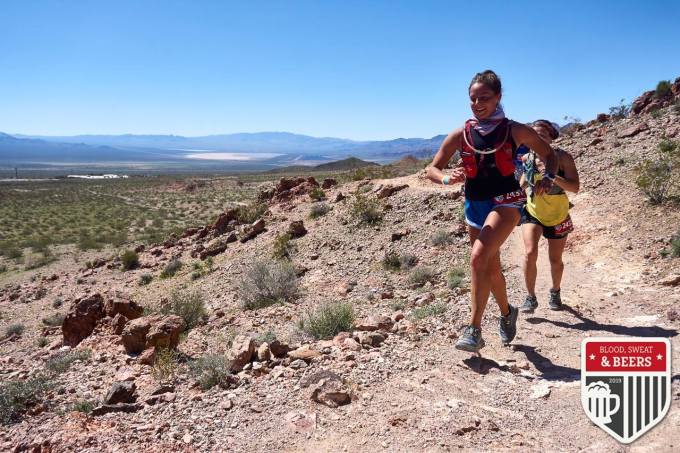
May is hot in the desert and it is still warm when the sun goes down. We started off under a full moon and paced slow from the get-go. I was in my head quite a bit and began to bonk (ultra lingo for hitting a wall/ starting to feel bad due to various reasons) around mile 18 and struggled with negative self talk. I was lucky to be running the race with people I’d known for so long and that knew the supportive things to say while I was in the head space I was in. My stomach flipped and I couldn’t eat for the remainder of the race, gels no longer sounded appetizing and fruit from the aid stations (tents along the race route offering snacks / drinks and aid) weren’t enough to undo the hole I’d dug myself into. This course was looped and on the last loop I gained a second wind. I put my headphones in and pushed….hard. I wound up getting 3rd female at that race, surprising myself and showing myself that you can go through so many things while you’re out there running and come out stronger.

After Adrenaline I took time off and focused on adventure running (my first love and usual go to, as races aren’t what light me up). I was able to achieve Rim to Rim and run long distance adventure days that stoked my passion for trails and conquering new things on my own two feet. Come December I was ready to tackle a new challenge: a timed race. I completed my first 50 miler at Across the Years, running on a looped course for 9 hours. Stopping between miles and starting back up was a new experience, as was running on such a short, flat course. My knees, IT bands and hips hurt in new ways on this course and challenged me physically to keep going when I was uncomfortable. ATY taught me to embrace where I was at and do what I could in the moment, maybe not running every step of, but surely I could keep moving. I’ve enjoyed pushing myself in different ways and seeing just what my body is capable of in different settings. My confidence continued to grow and build as well as the drive to do self-supported longer distances.

I’ve checked off a few more experiences since ATY and am consistently excited to challenge myself again in a new way through this crazy fun sport. When I look at my journey to running ultra-distances, sometimes self-support and on a whim, sometimes in a race setting — so much of it has been testing. Testing different types of foods and electrolytes, testing different styles of races and terrains and testing different styles of training plans leading up to races. Each person is unique with how they fuel, train and race which is why I always love seeing and learning what other’s do and how different we are! After having several ultras under my belt, I’m still learning. I will always be learning. I am still so new to this sport and the world around it. There are many big name and elite ultra-runners I have never heard of or are just learning about, races that I had no idea existed and education I come across daily. This sport takes time and there will always be more to learn and try and experience, which is part of the excitement of it all.




